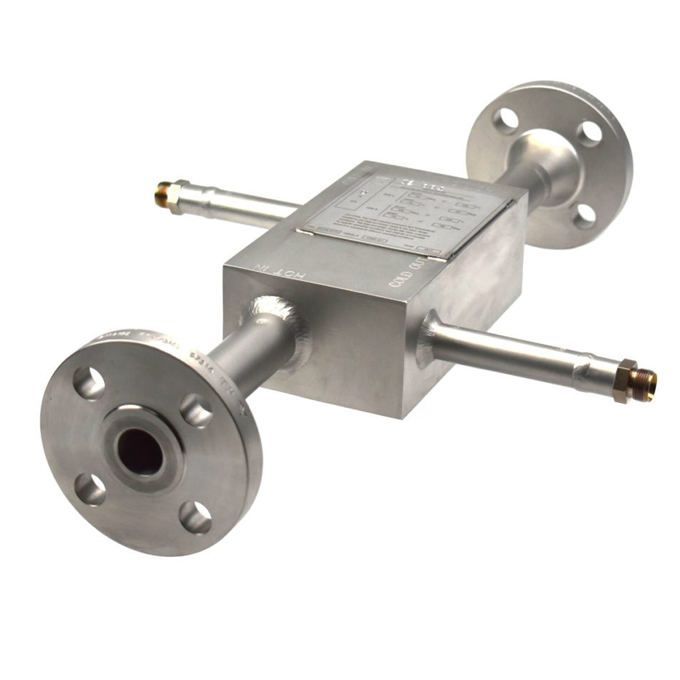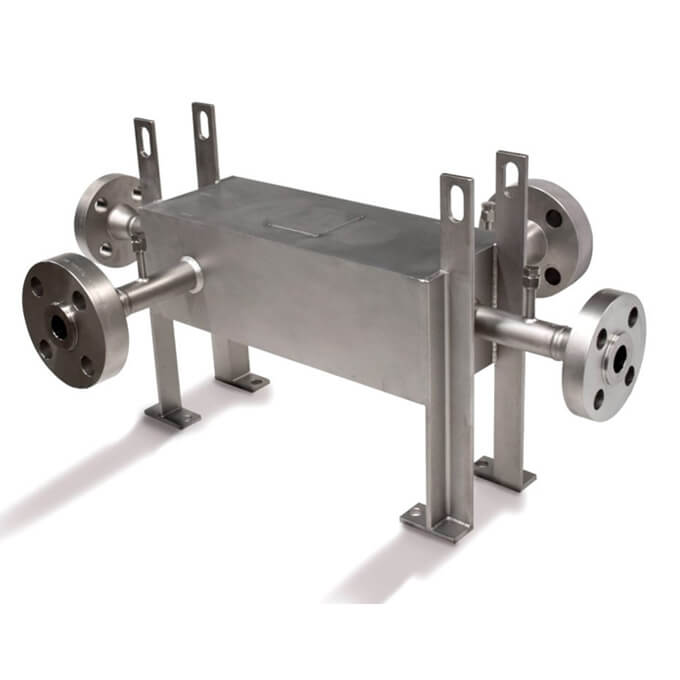What Is A Custom Multifluid Heat Exchanger?
Custom multifluid heat exchanger is devices that allow the exchange of heat between two fluids at different temperatures with greater ease. Their application is truly vast. It ranges from heating and refrigeration of homes, up to chemical processes and energy production.
The process behind which heat exchangers work is as follows. Heat exchanges by convention in both fluids and by conduction through the separating medium between them.
Hence, unlike mixing chambers, fluids do not mix with each other.

What A Heat Exchanger Is For?
Certainly, most of those who are reading this know what a boiler or heating system is for the home. Well, it has the function of burning natural gas, transforming it into a series of hot gas jets, which reach the water flowing in the pipes. It, through custom multifluid heat exchanger, will heat up while the gas jets will cool down.
Therefore, it is well understood that the exchangers work thanks to the principle that requires the transfer of heat from one fluid to another without these coming into contact.
How Can Heat Exchangers Be Classified?
The heat exchangers are made according to different construction solutions. So, let's try to understand what the different types of heat exchangers are.
The "Double Pipe" Exchanger
It is probably the simplest custom multifluid heat exchanger. It consists of two concentric pipes of different diameters in which one fluid flows in the smaller diameter pipe while the other continues in the annular duct between the two pipes.
Two different types of flows can derive from it: the equal current, if the fluids enter the exchanger from the same side and, therefore, travel through it in the same direction; the counter-current, which occurs when the fluids travel through the exchanger in opposite directions as they enter from opposite sides.
The Compact Custom Multifluid Heat Exchanger
It is a type of custom multifluid heat exchanger whose peculiarity is the high ratio between the exchange surface and the volume of the custom multifluid heat exchanger. Let's think, for example, of car radiators. Usually, in these exchangers the two fluids travel in perpendicular directions.
The Shell and Tube Exchanger
In all likelihood, it is the type of exchanger most common in industrial applications. Its name is inspired by its composition: a large number of tubes, sometimes even hundreds, and a cylindrical mantle that contains them, in fact.
The mechanism of the heat exchange between the fluids also makes use of diaphragms perpendicular to the axis of the mantle, which not only improve the heat exchange but allow the maintenance of the original distance between the pipes themselves.
The Plate Custom Multifluid Heat Exchanger
These exchangers consist of thin metal plates in which there are holes to allow the passage of fluids through small ducts. The sides of the plate are in contact with the hot and cold fluids alternately. Therefore, the hot and cold fluids flow alternately, in order to achieve optimal heat exchange conditions.
The Regenerative Exchanger
It too has an alternating passage of hot and cold fluid. We distinguish the static regenerative heat exchanger from the dynamic one:
The first, the static one, foresees a porous structure with a large thermal capacity like a mesh of ceramic material: through it the hot and cold fluid are alternately passed. Initially the process involves the transfer of heat from the hot fluid to the regenerator and subsequently to the cold fluid.
In custom multifluid heat exchanger, the porous structure of the regenerator is common as a temporary heat storage medium.
The second, called dynamic, comes of a rotating drum in which there is a continuous flow of hot and cold fluids. In the rotation operation, the drum comes into contact alternately with the hot and cold fluid, causing once to store heat from one fluid and subsequently to transfer it to the other.
In practice, also in this case, the drum has the purpose of representing a means for storing thermal energy.
Fouling as A Determining Factor of Heat Exchangers
A heat exchanger can present, over time, lower performances. This happens in custom multifluid heat exchanger due to the accumulation of materials of various kinds in the walls of the same: these deposits oppose a resistance to the heat exchange, causing, in fact, a reduction.
In order to evaluate the negative flow rate of these encrustations, the encrustation factor Rd takes into account which, in fact, attributes a value to this thermal resistance comes by the encrustations.
To better understand what we are talking about, we can take the example of a teapot. After it has worked for a long time, you can usually notice a deposit. It comes of calcareous material in the part where the water boils, especially if the latter is particularly "hard ".

Incrustations in Heat Exchanger
Similarly, in custom multifluid heat exchanger, incrustations come due to the deposit of solid particles of substances present in the fluids that travel in the heat exchanger.
In order to avoid these problems, in industrial and energy production plants, water treats before being put into circulation. This is common in solid particle precipitates from it, precisely to avoid their subsequent accumulation.
Coating of Metal Pipes with Glass
In industrial chemical processes, the processes of corrosion and chemical fouling are phenomena. This also have a considerable weight on the fouling factor. Coating metal pipes with glass or replacing them with plastic pipes can represent a valid alternative to overcome the problem.
Sometimes, the fouling factor also comes by the growth of algae in custom multifluid heat exchanger. In this case we speak of biological fouling. Usually, the preventive aid of chemical treatments can ensure that the problem is avoided.
The Fouling Factor for The Efficiency and Effectiveness
It is therefore understood that the fouling factor is decisive for the efficiency and effectiveness of the heat exchangers. Therefore, it will also take into consideration. It comes during the design phase of the heat exchanger as well as in the choice of the same.
Furthermore, the fouling factor will also represent an expense. It is to take into due consideration. There will be relevant to the periodic cleaning of the custom multifluid heat exchanger and the consequent downtime.
Conclusion
Finally, consider that the fouling factor depends on the operating temperature and the speed of the fluids. It comes on the duration of the operation. In particular, the fouling increases with increasing temperature and decreasing speed.




